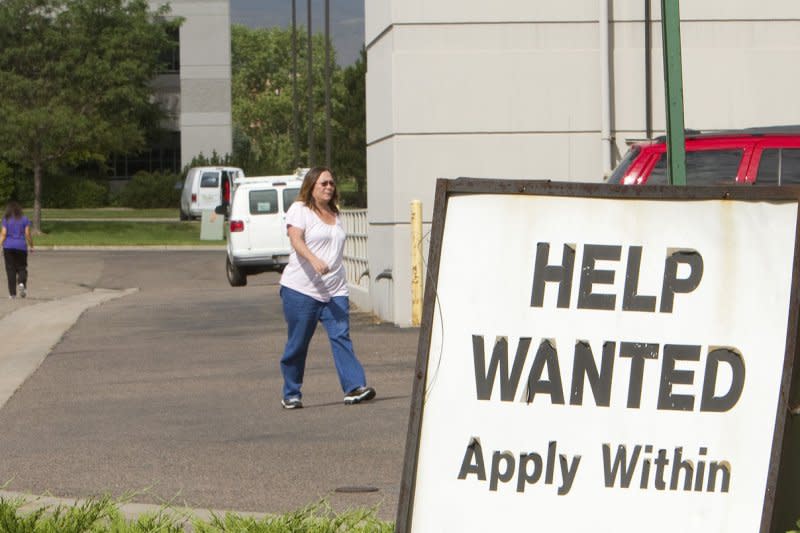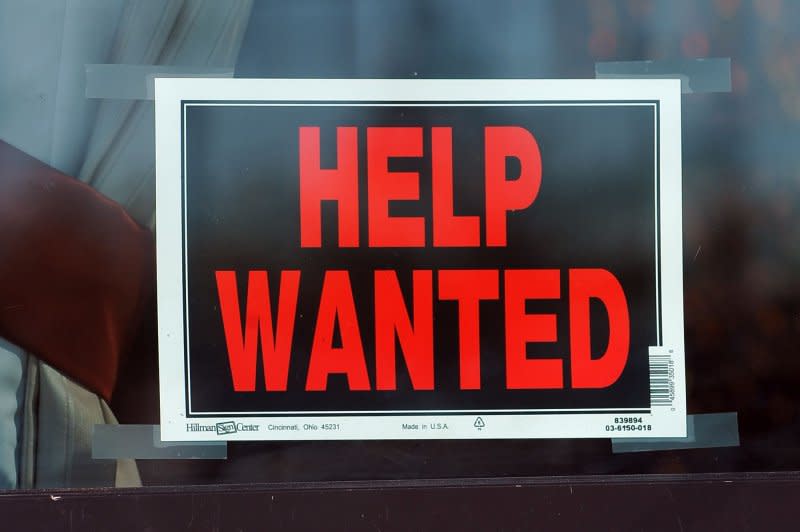ADP: Private employers added 324,000 jobs in July; wage growth slowest since November 2021

Aug. 2 (UPI) -- The U.S. labor market remains robust, though the average net increase in wages over the year has been the slowest since November 2021, private payroll processor ADP reported on Wednesday.
ADP showed employers added 324,000 to their headcounts last month, suggesting the economy remains supportive of new hires despite higher lending rates and lingering inflationary pressures.
"The economy is doing better than expected and a healthy labor market continues to support household spending," said Nela Richardson, the chief economist at ADP.
ADP also said it continued to see wage growth decline. The 6.2% increase in wages from this time last year marked the slowest rate since November 2021. The silver lining may be that wage growth has declined, but without the corresponding broad-based job losses that would come from a dramatic economic downturn.
The U.S. economy looks to avoid a recession, as GDP in the first quarter showed a 2% expansion and the second quarter was better than expected at 2.4%.

At the consumer level, the government reported that personal savings were up marginally from the first quarter, though disposable personal income increased by 5.2% from the first quarter to reach $248.2 billion. That, however, is sharply lower than the 12.9% increase in disposable income during the first quarter, showing inflation may be finally catching up to the U.S. consumer despite recent trends of improvement.
The Labor Department's Job Openings and Labor Turnover Survey, published Tuesday, showed little change in overall job creation for June. Job openings, which reflect demand for new labor, fell 34,000 to 9.6 million on the last business day of June, the lowest since April 2021.
The number of people who quit a job in June decreased by 295,000 to 3.8 million, showing more people are willing to stay put once they found a job, however.
U.S. President Joe Biden has pointed to hiring as evidence that his economic plan is working, though more jobs lead to higher demand, which is a contributing factor to inflation.

